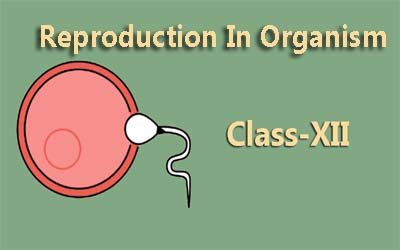Structural Organisation in Animals - Class 11
In Class 11 Biology, Structural Organisation in Animals dives into the amazing hierarchy of how animals are built. It's like understanding how LEGO bricks come together to create complex structures. Here's a simplified view: Building Blocks: Cells: All animals are made up of tiny building blocks called cells, each with specific jobs. Tissues: Teamwork Makes the Dream Work: Groups of similar cells working together for a common function form tissues, like muscle tissue for movement or nerve tissue for communication. Organs: Specialists on the Job: Tissues come together to form organs, like the heart (made of muscle tissue) or the stomach (made of different tissues working together). Organs perform specific tasks essential for survival. Organ Systems: The Grand Collaboration: Multiple organs working together towards a common goal form organ systems, like the digestive system (involving stomach, intestines, etc.) or the circulatory system (including heart and blood vessels). The Whole is Greater Than the Sum of Its Parts: The coordinated functioning of all organ systems creates a complete organism, capable of complex behaviors and interactions with its environment. একাদশ শ্রেণিতে জীববিজ্ঞানে, স্ট্রাকচারাল অর্গানাইজেশন ইন অ্যানিম্যালস কীভাবে প্রাণীদের তৈরি করা হয় তার বিস্ময়কর শ্রেণিবিন্যাসে ডুব দেয়। এটি জটিল কাঠামো তৈরি করতে লেগো ইটগুলি কীভাবে একত্রিত হয় তা বোঝার মতো। এখানে একটি সরলীকৃত দৃশ্যঃ বিল্ডিং ব্লকঃ কোষঃ সমস্ত প্রাণী কোষ নামক ক্ষুদ্র বিল্ডিং ব্লক নিয়ে গঠিত, যার প্রত্যেকটির নির্দিষ্ট কাজ রয়েছে। টিস্যুঃ দলগত কাজ স্বপ্নকে রূপ দেয় কাজঃ অনুরূপ কোষের দলগুলি একটি সাধারণ কাজের জন্য একসাথে কাজ করে টিস্যু গঠন করে, যেমন চলাচলের জন্য পেশী টিস্যু বা যোগাযোগের জন্য স্নায়ু টিস্যু। অঙ্গঃ কাজের বিশেষজ্ঞঃ টিস্যুগুলি একত্রিত হয়ে হৃদয় (পেশী টিস্যু দিয়ে তৈরি) বা পাকস্থলীর মতো অঙ্গ গঠন করে। (made of different tissues working together). অঙ্গগুলি বেঁচে থাকার জন্য প্রয়োজনীয় নির্দিষ্ট কাজ সম্পাদন করে। অর্গান সিস্টেমঃ গ্র্যান্ড কোলাবোরেশনঃ একটি সাধারণ লক্ষ্যের দিকে একসাথে কাজ করা একাধিক অঙ্গ অঙ্গ সিস্টেম গঠন করে, যেমন পরিপাকতন্ত্র (পেট, অন্ত্র ইত্যাদি জড়িত)। অথবা রক্ত সঞ্চালন ব্যবস্থা (including heart and blood vessels). পুরো অংশটি তার অংশগুলির যোগফলের চেয়ে বড়ঃ সমস্ত অঙ্গ ব্যবস্থার সমন্বিত কার্যকারিতা একটি সম্পূর্ণ জীব তৈরি করে, যা তার পরিবেশের সাথে জটিল আচরণ এবং মিথস্ক্রিয়া করতে সক্ষম।
English
Last updated
Wed, 27-Nov-2024



















